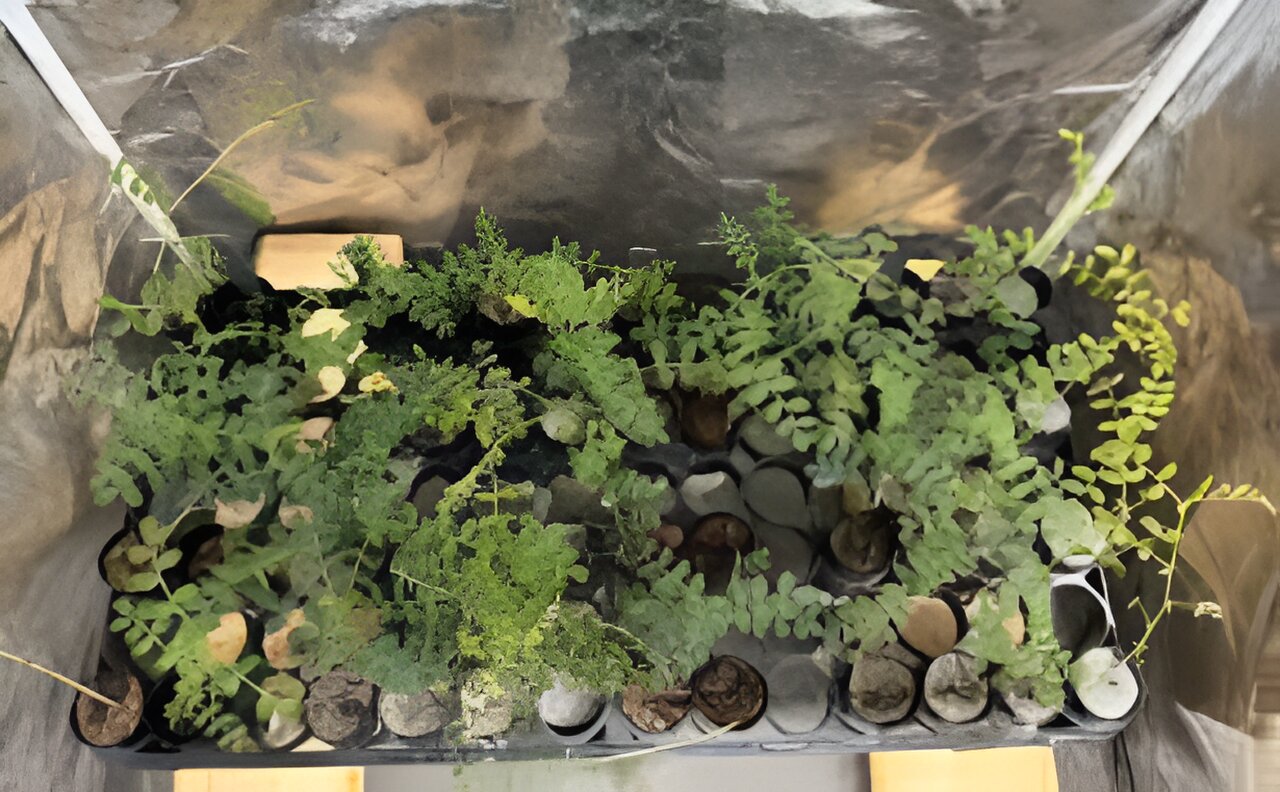Recent experiments conducted by American scientists have shown that it is quite possible to grow plants on soil that consists of 75 percent imitation of moon dust. They recently managed to grow chickpeas on this one.

Growing plants on moondust
Recently, Jessica Atkin, a graduate student at the Texas A&M College of Agriculture and Life Sciences, Department of Soil and Crop Sciences, was able to grow chickpeas for the first time in history on soil obtained from moon dust.
In fact, there is not enough moondust on Earth to conduct agricultural experiments on it. However, it has been studied well enough so that we can very accurately repeat its chemical and mineralogical composition.
At the same time, it is worth noting that the lunar regolith is not a soil in the agricultural sense of the word. It simply lacks a number of components that give plants the opportunity to develop on Earth. But if you take such dust and mix it with organic matter brought from our planet, then the substance on which something will grow can be obtained.
That’s exactly what Atkin did. She managed to obtain soil that consisted of as much as 75 percent of an exact imitation of moondust. By Earth standards, it might be considered unsuitable for agriculture, but she began experimenting with it anyway.
How to grow chickpeas on moondust?
Chickpeas are a very nutritious and at the same time unpretentious plant. If we were talking only about a soil poor in the necessary elements, then there would be no problems with its cultivation. But moondust contains all the necessary substances. Only they are part of compounds that are either not digested by agricultural crops at all, or are toxic to them.
Using terrestrial soil regeneration mechanisms, Atkin used the interaction between beneficial soil fungi and vermicompost, or worm manure, to create fertile moondust. These amendments help to remove toxic pollutants from the dust, change the soil structure for better hydraulic properties and increase plant resistance to stressors and toxins.
Three main actions help fungi fight against elementary pollution. Firstly, toxins are absorbed and bound in the soil mixture, which makes them less available for absorption by plants. This prevents contamination from being absorbed by plant roots. If a toxin gets in, the fungus traps it in its own biomass and the biomass of the plant root, limiting the amount of harmful substances entering the vegetation and seeds.
Using these methods, Atkin successfully grew chickpeas to seed in a lunar regolith simulator up to 75%, which was first documented. However, she noted a caveat: although chickpeas usually take about 100 days to produce on Earth, in lunar mixtures they need 120 days to mature, and all plants showed symptoms of stress.
The researcher said that she will continue to study the influence of many generations and believes that after the soil matrix is transformed, it may lead to the possibility of growing other crops.
According to phys.org
Follow us on Twitter to get the most interesting space news in time
https://twitter.com/ust_magazi


